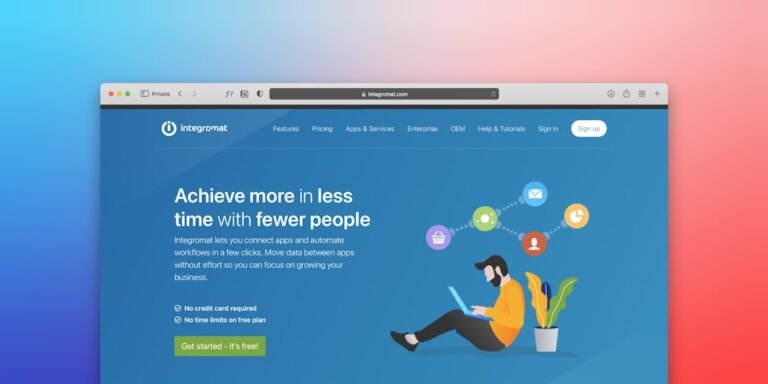wordpress programming tutorial
Are you interested in learning WordPress programming? Do you want to build custom themes, plugins, and websites using the popular content management system? Look no further! In this WordPress programming tutorial, we’ll take you through the basics of WordPress development, covering essential topics, tools, and best practices.
Introduction to WordPress Programming
WordPress is the world’s most popular content management system (CMS), powering over 60 million websites. Its flexibility, scalability, and extensive community make it an ideal platform for web development. WordPress programming involves creating custom themes, plugins, and functionality to extend the core features of the CMS.
Why Learn WordPress Programming?
**High demand**:
WordPress developers are in high demand, with thousands of job postings every month.
**Flexibility**:
WordPress programming allows you to build custom solutions for clients or your own projects.
**Community support**:
The WordPress community is vast and active, providing extensive resources, documentation, and support.
Setting Up Your Development Environment
Before diving into WordPress programming, you’ll need to set up your development environment. Here are the essential tools:
**Local development server**:
Install a local server like XAMPP, MAMP, or WAMP to run WordPress on your computer.
**Code editor**:
Choose a code editor like Visual Studio Code, Sublime Text, or Atom for writing and editing code.
**Version control**:
Familiarize yourself with Git and GitHub for version control and collaboration.
WordPress Programming Basics
Understanding WordPress Core Functions
WordPress core functions are the building blocks of WordPress programming. Familiarize yourself with:
**wp\_**:
WordPress prefix for core functions, such as `wp_query()` and `wp_post()`.
**Hooks**:
Learn about actions (`add_action()`) and filters (`add_filter()`) to modify WordPress behavior.
Working with WordPress Templates
WordPress templates are PHP files that control the layout and structure of your website. Understand:
**Template hierarchy**:
Learn how WordPress uses templates to render pages, posts, and other content.
**Template tags**:
Familiarize yourself with template tags like `the_title()`, `the_content()`, and `wp_nav_menu()`.
Building Custom WordPress Themes
Creating a Child Theme
A child theme allows you to modify a parent theme without affecting its core files. Learn:
**Creating a child theme**:
Set up a child theme using the `Theme Name-child` directory structure.
**Overriding templates**:
Override parent theme templates with your own custom templates.
Adding Custom Functionality
Extend your theme with custom functionality using:
**Functions.php**:
Add custom functions to your theme’s `functions.php` file.
**Shortcodes**:
Create custom shortcodes to reuse content and functionality.
Creating Custom WordPress Plugins
Building a Basic Plugin
Create a custom plugin to extend WordPress functionality:
**Plugin directory structure**:
Set up a plugin directory with the required files (e.g., `plugin.php`, `readme.txt`).
**Plugin hooks**:
Use actions and filters to integrate your plugin with WordPress.
Adding Plugin Settings
Create a settings page for your plugin using:
**add\_options\_page()**:
Add a settings page to the WordPress admin area.
**register\_setting()**:
Register your plugin’s settings.
Best Practices and Security Considerations
Security Best Practices
Follow security best practices to protect your WordPress site:
**Keep WordPress and plugins up-to-date**:
Regularly update WordPress core, themes, and plugins.
**Use secure protocols**:
Use HTTPS and secure protocols for data transmission.
Coding Standards
Adhere to WordPress coding standards:
**PHP coding standards**:
Follow the WordPress PHP coding standards.
**JavaScript and CSS coding standards**:
Follow the WordPress JavaScript and CSS coding standards.
Conclusion
In this comprehensive WordPress programming tutorial, we’ve covered the basics of WordPress development, including setting up your development environment, understanding WordPress core functions, and building custom themes and plugins. By following best practices and security considerations, you’ll be well on your way to becoming a proficient WordPress developer.
Whether you’re a beginner or an experienced developer, WordPress programming offers a world of possibilities for building custom solutions and extending the functionality of the world’s most popular CMS. Start your WordPress programming journey today and unlock the full potential of this powerful platform!
About Relvixis: Relvixis is a Canadian-based digital agency specializing in results-driven solutions for businesses looking to grow online.
We offer expert services in SEO optimization, web development, social media management, and marketing automation.
Our team blends creative strategy with technical precision to drive leads, enhance brand visibility, and accelerate digital performance.
To learn more or schedule a free consultation, visit
relvixis.com.







